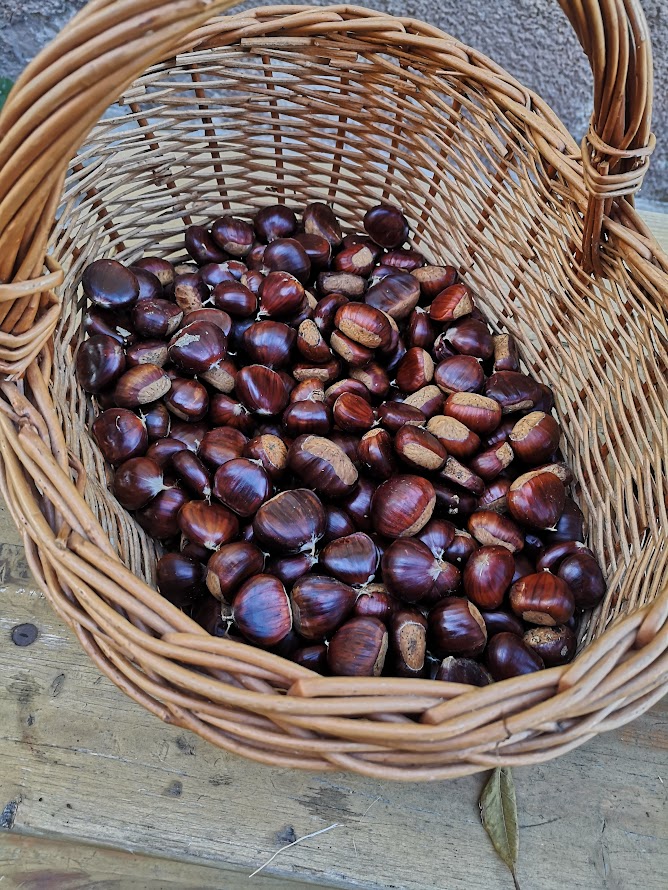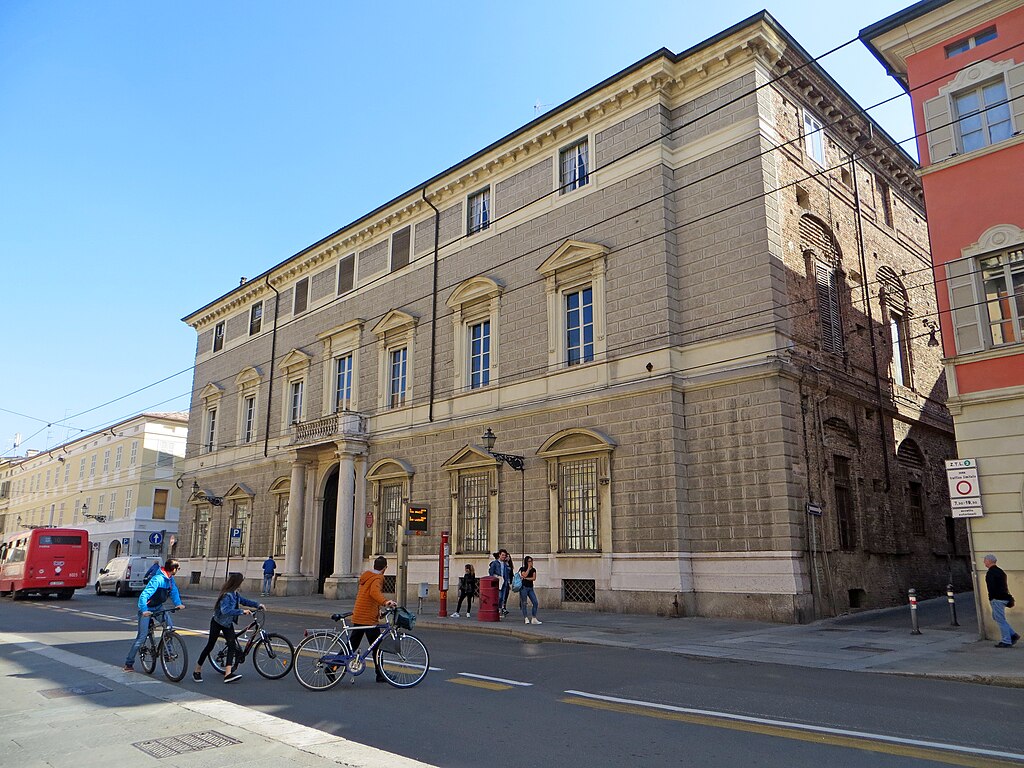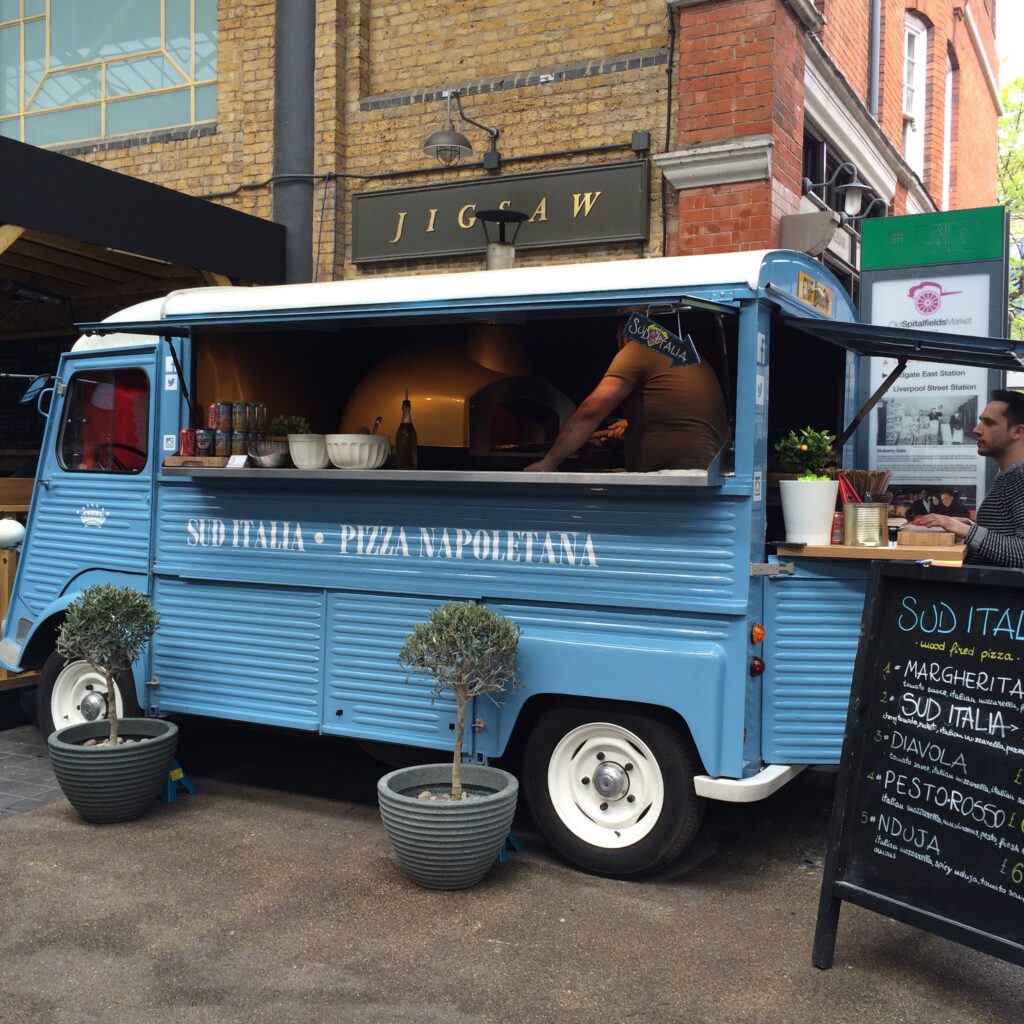
Castagna: The Queen of October in Bologna
As the crisp air of autumn begins to settle over Bologna, the city and its surrounding regions come alive with festivals celebrating one of the season’s most beloved gifts: the chestnut, or castagna. Known as the “queen of October,” the castagna has long been a symbol of autumn in Italy, particularly in Bologna and the […]
Castagna: The Queen of October in Bologna Read Post »


